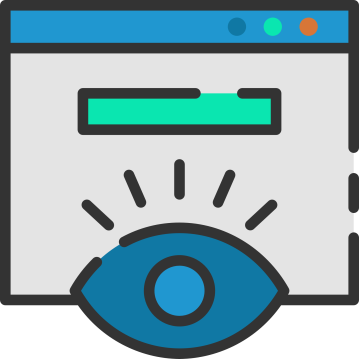
Pro tips for controlling a viewers eye
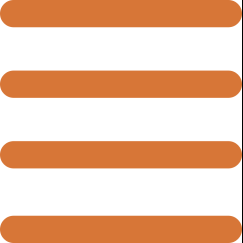
Leading Lines
Directing attention to a subject and head to the picture, leading lines can also visually pull the viewer into the distance. Essentially creating visual flow because a line will naturally lead the eye along the line and through the image.
There are 4 different line categories:

Horizontal Lines
Make a viewer feel comfortable, calm and relaxed

Vertical Lines
Shows dignity, formality and strength

Diagonal Lines
Give the viewer a sense of action and excitement

Curved Lines
Express movement in a graceful and flowing manner
Z-Pattern Layout
Follows the shape of a Z. Readers will start in the top-left, move horizontally to the top-right and then diagonally to the bottom-left before finishing with another horizontal movement to the bottom-right. The Z-pattern is sometimes called a reverse S-pattern which might indicate more like a curved path as opposed to the hard angled path of the Z-pattern.
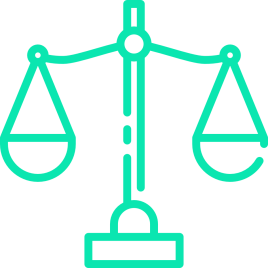
Balance
Balance is such an important part of graphic design and is required in most designs created. However, it is sometimes useful to use balance itself to lead a viewers eye around your design.There are 4 key types of balance:
- Symmetrical
- Asymmetrical
- Radial
- Mosaic
Call to Action
Use call to action buttons or graphics. These graphics often stands out of a design in terms of colour, shape and location, and they require the viewer to take note of their context.
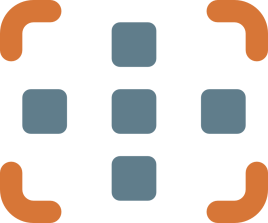
Focal Point
Allows you as a designer to establish the exact point of your viewer's attention.
